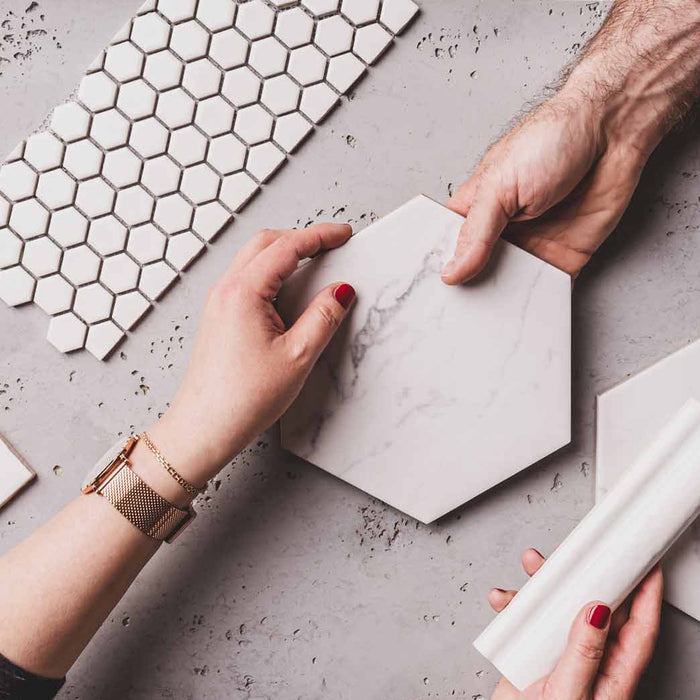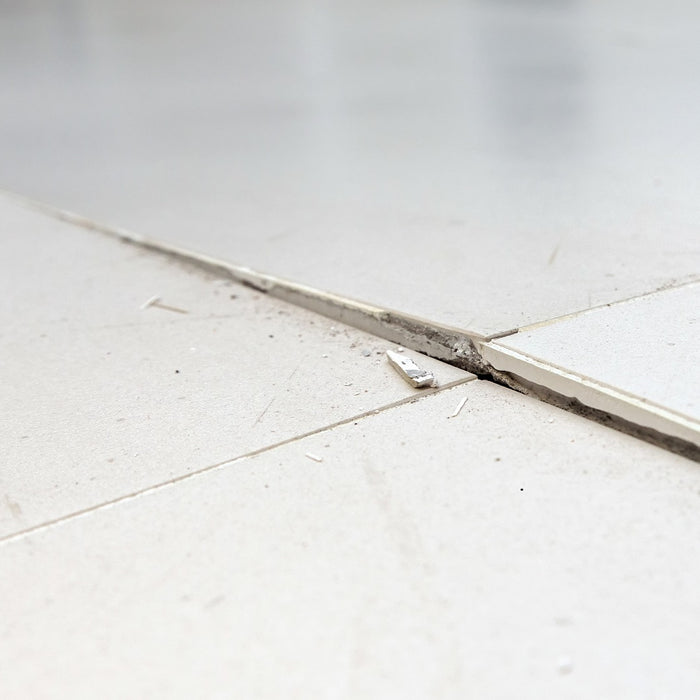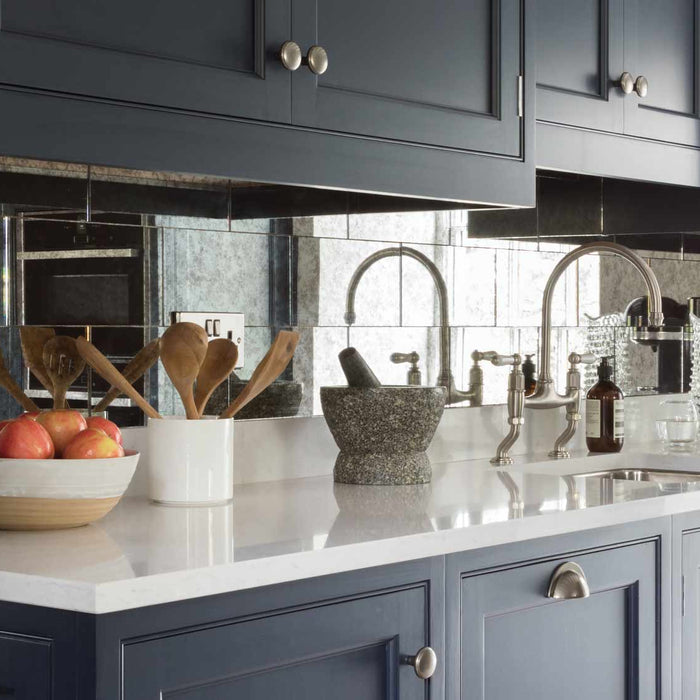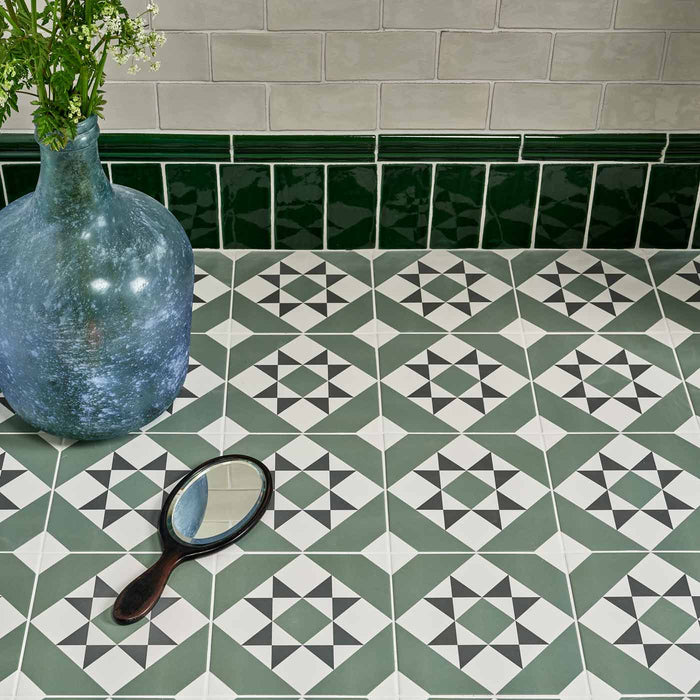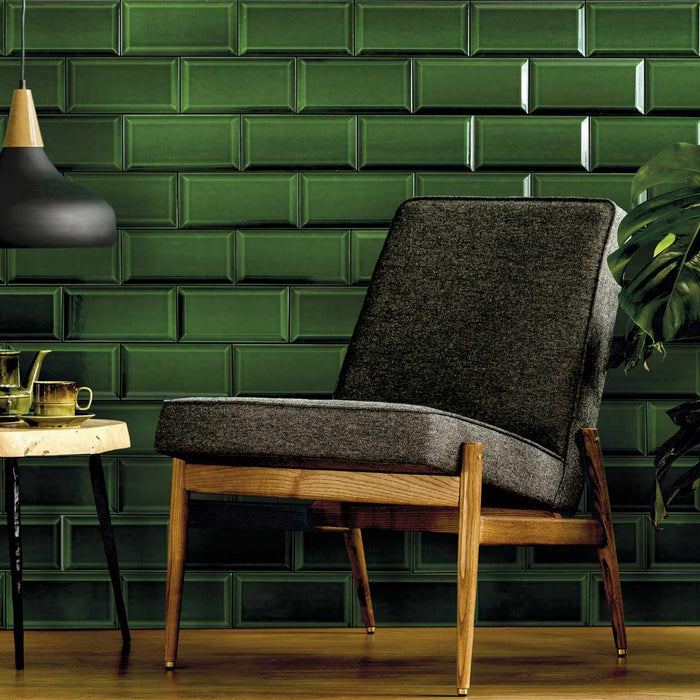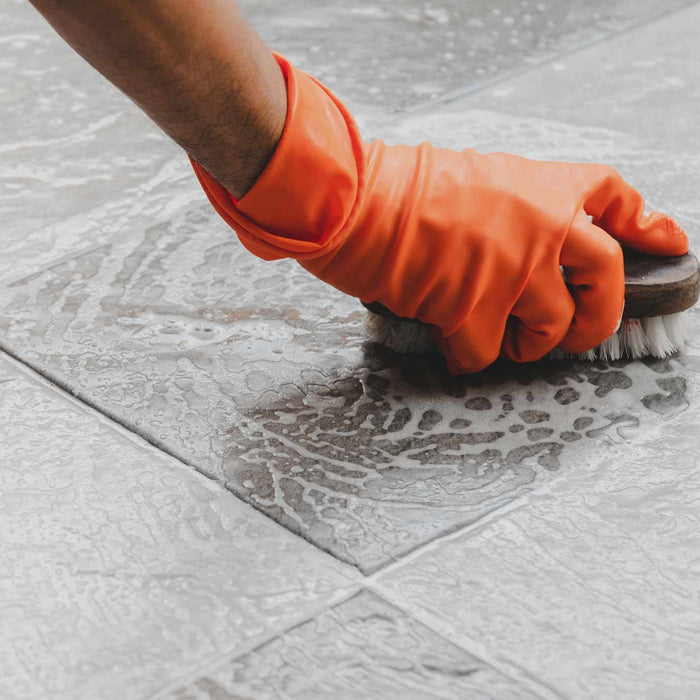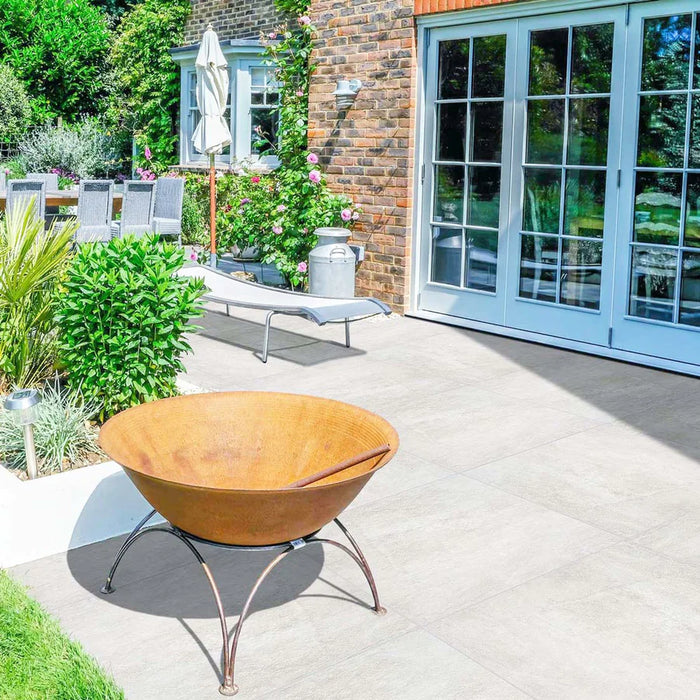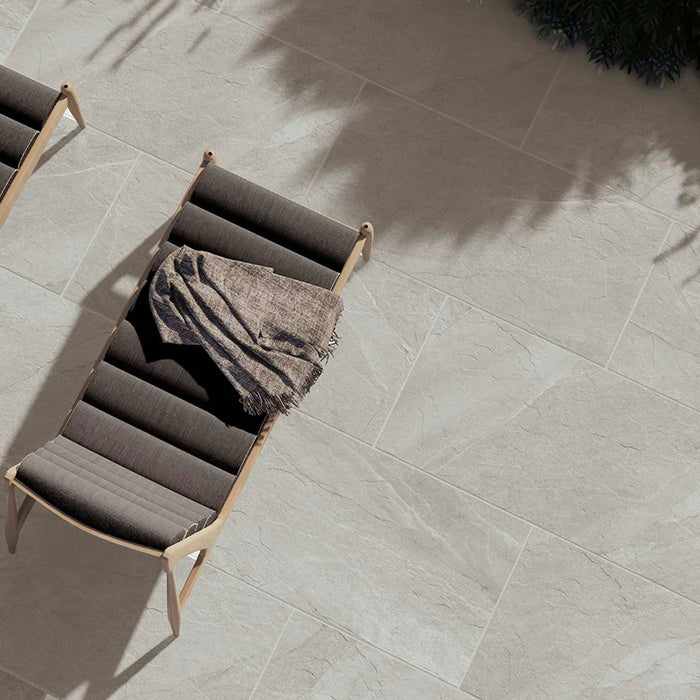On all our product pages we try to give as much information as possible on the characteristics of our tile ranges.
below is a guide to what the terms mean and why they are important when selecting a tile for a room.
Price per Sq. Metre
We sell by the tile but tilers will usually measure up a wall or floor as an area (square metres). So we label our tiles with the square metre (m2) price to make it easier to compare products.
Dimensions
We describe tiles in centimetres and millimetres in case you are looking for a certain size.
Thickness
we use millimetres when describing the thickness of tiles as they are more accurate
Tiles per sq. metre
The total number of tiles for that product to fit a square metre. When ordering you can either use the sq. metres box to entre the area you require or use the quantity box to type in the total number of tiles/boxes you require. Each box is linked so when you type in a m2 you will see the total number of tiles for that area.
Tiles per box
The total number of tiles packed by the manufacturer per box. This helps customers understand how many boxes of tiles to expect when ordering.
Coverage per box
This explains the coverage in square metres of 1 box of tiles as most boxes will cover more or less than a complete square metre (m2)
Material
What the tile is made from. Ceramic, porcelain, natural stone. All of which have different characteristics.
Colour
The base colour of the tile as described by the manufacturer. This can be trick as most tiles have shading and patterns within the print.
Finish
Gloss, satin or matt finish on the surface of the tile to help customers find the look they require.
Texture
Describing the texture of the tile as they can be flat and smooth or rippled, bumpy and rough to the touch depending on the style of the tile.
Wall or Floor tile
Explaining if a tile can be used as a wall tile only or floor tile. Generally if a tile is strong enough for the floor it can also be used as a wall tile if desired. You will probably have to use cement based adhesive when fixing bigger "floor tiles" to the wall.
Area
If a tile can be used outdoors as well as indoors. We supply 20mm tiles for outdoor use which we wouldn't recommend as an internal tile.
Glazed
The coat of enamel or liquid glass that is applied to ceramic and porcelain tiles. Glazed tiles are non-absorbent so do not require sealing.
Requires Sealing
Unglazed tiles will absorb liquid, which will lead to staining. Thus it’s necessary to apply a protective sealant to unglazed tiles.
Frost proof
Different types of floor tiles have different water absorption rates. porcelain tiles are engineered to be frost proof in temperatures below zero as they don’t absorb water (non porous). Ceramic tiles between -5/-10°c which is why we do not recommend ceramic tiles as outdoor tiles.
Rectified edge
The tile has been mechanically cut or ground down to an exact size. The edges are usually precisely cut at a square 90-degree angle. This allows for tighter spacer gaps for a slicker look. Rectified tiles are usually more expensive due to the extra work carried out in preparing them.
PEI rating
PEI ratings help you determine the hardness and durability of a ceramic and porcelain floor tile.
- PEI 3 Light to moderate (normal) traffic. Suitable for all residential and light commercial areas such as offices, reception areas, boutiques, interior walls, countertops and residential bathroom floors. They are not however recommended for use in lobbies or entryways in commercial properties.
- PEI 4 Moderate to heavy traffic. Recommended for medium commercial and light institutional use, such as restaurants, hotels, hospital lobbies and corridors.
Fire hearths / surround
If a tile is suitable to be used inside a fire surround. We recommend using porcelain tiles. Ceramic tiles can be used but tiles with a gloss finish or glaze are prone to crazing and cracking on the front of the tile over time (the ceramic biscuit should not be effected as the tiles are baked at greater temperatures when being made).
Trim size
The trim thickness required when planning on using a tile trim to finish an external edge or to cap off the edge of a row of tiles. Trims are used due to the edges of tiles not being glazed like the front of the tile, meaning the white or red biscuit of the tile being noticeable. Some tilers prefer a tighter trim and others loose as the adhesive behind the tile will pack the tile out and make it thicker.



